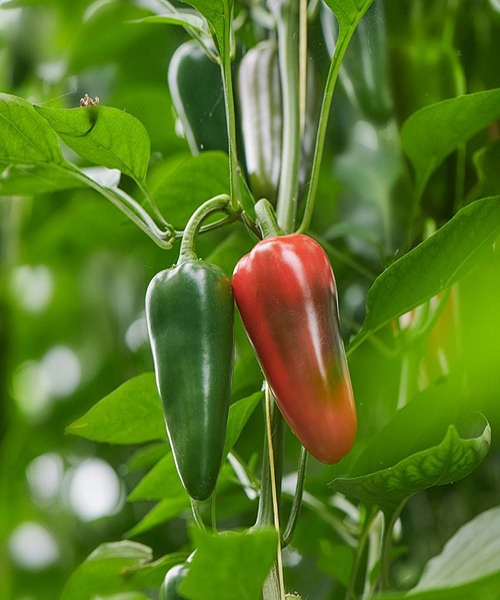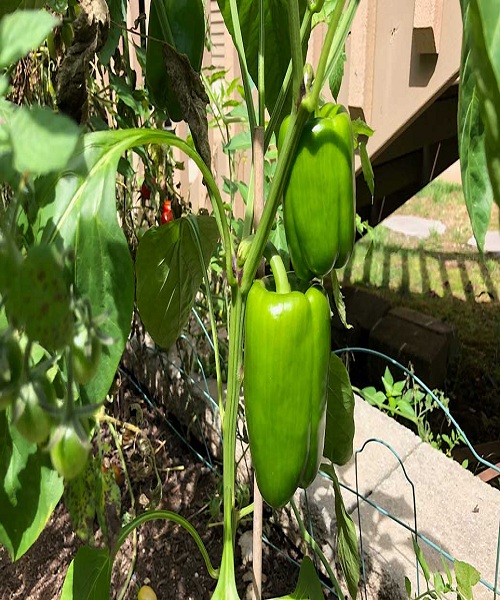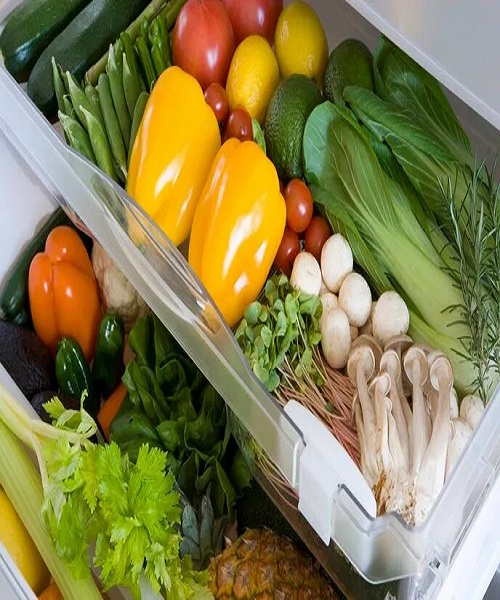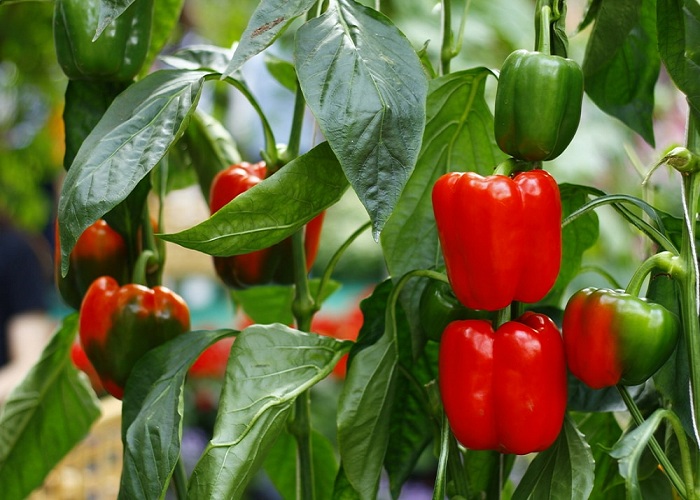Picking, maturing, and storing the two nightshade family members of peppers and tomatoes are very different.
In order to keep your peppers as fresh as possible after harvesting, here is a look at how to tell when it’s time to pick them and how to store them after harvest.
When Should Peppers Be Picked?
When it comes to harvesting peppers, there is some information that is contradictory regarding whether or not the peppers will ripen after being removed from the plant.
As is the case with tomatoes, peppers will continue to develop and ripen even after being removed from the plant. But they do so much less in such a short amount of time, and they surely aren’t as productive as tomatoes. They also have a far lower chance of ripening to the point when they change colors.
On average, it takes much longer for peppers to mature on the plant than it does for tomatoes to do so.
There are a lot of first-time gardeners who are concerned that their pepper crop is not ripening properly in comparison to their tomato harvest. However, it takes the vast majority of peppers (including bell peppers, jalapenos, sweet peppers, and others) a longer amount of time to fully ripen and change color.
At any time during the growing process, you can still harvest and enjoy a wonderful green pepper. That includes smoky, caramelized red, yellow, and orange hues. And, as you’ll see in the next paragraphs, making your selections early has many advantages.

Pick Some of the Early Peppers
When it comes to harvesting peppers off a plant, this is a decent rule of thumb:
The sooner a pepper plant begins to produce peppers that are close to their maximum size, the sooner you should select at least half of them. In addition to allowing you to pick peppers earlier, this method also keeps the plant producing more peppers over time. And in the long run, this will allow the plant to produce more peppers in the near future.
The same as with tomatoes, pepper plants suffer from fruit overload when they are left to mature with an abundance of peppers. When a plant tries to mature too many peppers at once, it results like this.
So, the plant will stop generating new flowers if this occurs. And you don’t want it to happen to your plants!

Keep Picking!
Picking a few green peppers early is the solution. At this time, they’re still delicious, plus they keep your pepper plant going strong.
Your pepper plants will begin to produce and turn peppers more quickly as the growing season progresses toward the end of August. This is the best time to let a good number of them blossom to their fullest potential.
It’s important to leave half of the harvest to mature on the plant while harvesting the rest to keep the plants healthy and productive.
All peppers begin life as a green color and evolve into various shades of red, orange, yellow, and green. Toward the conclusion of the growing season, even Jalapeno peppers begin to become red. This is ideal for making your own chipotle peppers!

Storing Peppers
You want to treat your peppers as quickly as possible after picking if you plan to can or preserve them. Peppers, like many other vegetables, lose their sharpness and flavor with time.
In light of the aforementioned, unlike tomatoes, bell peppers can be properly stored in the refrigerator for up to two weeks without suffering a significant loss in either flavor or nutritional value. If you want the greatest results, you should store them in your crisper drawer because that is the only place that will maintain the appropriate humidity for prolonged storage.
You should not refrigerate your peppers at any point if you plan on drying or dehydrating them. When drying peppers, it is best to keep them out of direct sunlight and on a screen or rack until you can get to them. This will ensure that they dry properly.
You may really dry them entirely outside using this method if you reside in a region that does not have a lot of humidity. In locations with higher relative humidity, the peppers are more likely to develop mold before they dry.


